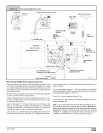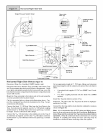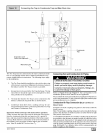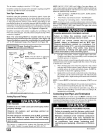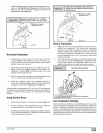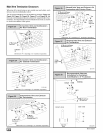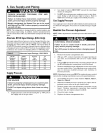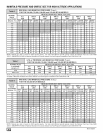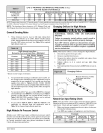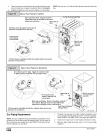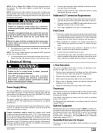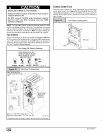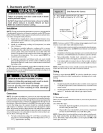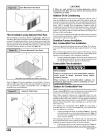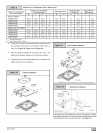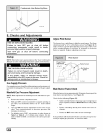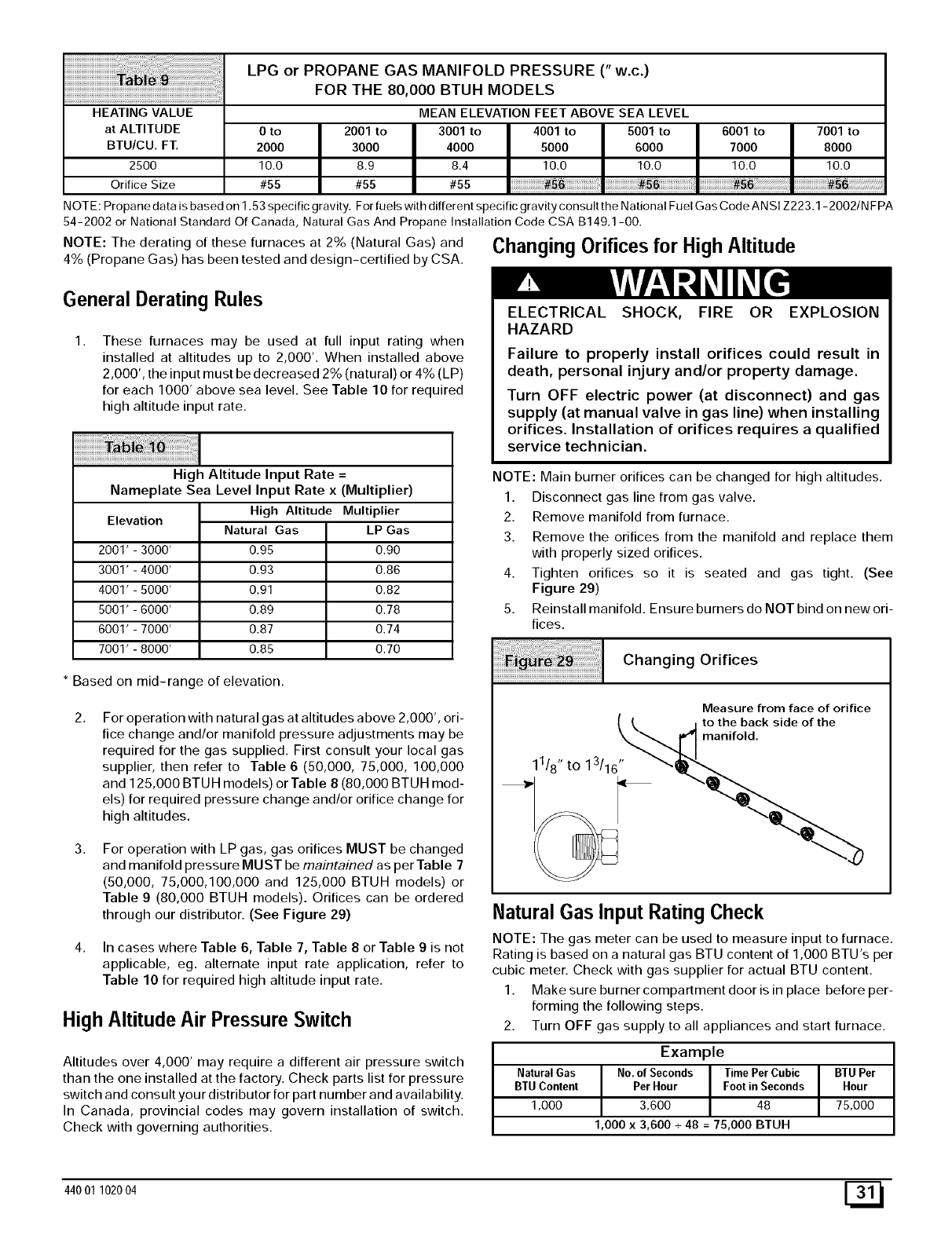
iiiiiiiiiiiiiiiiiiiiiiiiiiiiiiiiiiiiiiiiiiiiiiiiiiiiiiiiiiiiiiiiiiiiiiiii_i_;!!_;_;:_;_;_!!!i!i!i!i!i!i!i!i_i_¸_;_!_i!_!i_iiiiiiiiiiiiiiii_iiiiiiiiiiii_iiiiiiiiiiiiiiiiiiiiiiiiiiiiiiiiiiiiiiiiiiiiiiiiiiiiiiiiiiiiiiiiiiiiiiiiiiiiiiiiiiiiiiiii_i;
iiiiiiiiiiiiiiiiiiiiiiiiiiiiiiiiiiiiiiiiiiiiiiiiiiiiiiiiiiiiiiiiiiiiiiiiiii i ii ili ii i!
HEATING VALUE
at ALTITUDE
BTU/CU, FT.
2500
Orifice Size
LPG or PROPANE GAS MANIFOLD PRESSURE (" w.c.)
FOR THE 80,000 BTUH MODELS
MEAN ELEVATION FEETABOVE SEA LEVEL
0to 2001to 3001to 4001 to 5001 to
2000 3000 4000 5000 6000
10.0 8.9 8.4 10.0 10.0
#55 #55 #55
6001 to 7001 to
7000 8000
10.0 10.0
NOTE: Propane data isbased on 1.53 specific gravity. For fuels with different specific gravity consult the National Fuel Gas Code ANSI Z223.1-2002/N FPA
54-2002 or National Standard Of Canada, Natural Gas And Propane Installation Code CSA B149.1-00.
NOTE: The derating of these furnaces at 2% (Natural Gas) and Changing Orifices for High Altitude
4% (Propane Gas) has been tested and design-certified by CSA.
General Derating Rules
1,
These furnaces may be used at full input rating when
installed at altitudes up to 2,000'. When installed above
2,000', the input must be decreased 2% (natural) or 4% (LP)
for each 1000' above sea level. See Table 10 for required
high altitude input rate.
High Altitude Input Rate =
Nameplate Sea Level Input Rate x (Multiplier)
Elevation
2001'-3000'
3001'-4000'
4001'-5000'
5001'-6000'
6001'-7000'
7001'-8000'
High Altitude Multiplier
Natural Gas
0.95
0.93
0.91
0.89
0.87
0.85
LP Gas
0.90
0.86
0.82
0.78
0.74
0.70
Based on mid-range of elevation.
2.
For operation with natural gas at altitudes above 2,000', ori-
fice change and/or manifold pressure adjustments may be
required for the gas supplied. First consult your local gas
supplier, then refer to Table 6 (50,000, 75,000, 100,000
and 125,000 BTU H models) or Table 8 (80,000 BTUH mod-
els) for required pressure change and/or orifice change for
high altitudes.
3,
For operation with LP gas, gas orifices MUST be changed
and manifold pressure MUST be maintained as per Table 7
(50,000, 75,000,100,000 and 125,000 BTUH models) or
Table 9 (80,000 BTUH models). Orifices can be ordered
through our distributor. (See Figure 29)
4. In cases where Table 6, Table 7, Table 8 or Table 9 is not
applicable, eg. alternate input rate application, refer to
Table 10 for required high altitude input rate.
High Altitude Air Pressure Switch
Altitudes over 4,000' may require a different air pressure switch
than the one installed at the factory. Check parts list for pressure
switch and consult your distributor for part number and availability.
In Canada, provincial codes may govern installation of switch.
Check with governing authorities.
ELECTRICAL SHOCK, FIRE OR EXPLOSION
HAZARD
Failure to properly install orifices could result in
death, personal injury and/or property damage.
Turn OFF electric power (at disconnect) and gas
supply (at manual valve in gas line) when installing
orifices. Installation of orifices requires a qualified
service technician.
NOTE: Main burner orifices can be changed for high altitudes.
1. Disconnect gas line from gas valve.
2. Remove manifold from furnace.
3. Remove the orifices from the manifold and replace them
with properly sized orifices.
4. Tighten orifices so it is seated and gas tight. (See
Figure 29)
5. Reinstallmanifold. EnsureburnersdoNOTbindonnewori-
rices.
Changing Orifices
11/8" to 13/16 "
Measure from face of orifice
to the back side of the
manifold,
Natural Gas Input Rating Check
NOTE: The gas meter can be used to measure input to furnace.
Rating is based on a natural gas BTU content of 1,000 BTU's per
cubic meter. Check with gas supplier for actual BTU content.
1. Make sure burner compartment door is in place before per-
forming the following steps.
2. Turn OFF gas supply to all appliances and start furnace.
Example
BTUContent PerHour Footin Seconds Hour
1,000 3,600 48 75,000
1,000 x 3,600 ÷ 48 = 75,000 BTUH
44001 102004 E_



